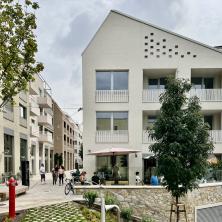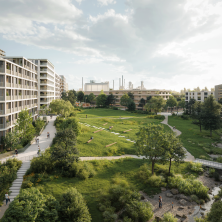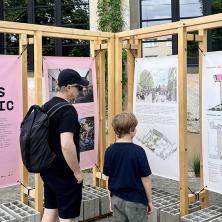Park Racianske Myto revitalisation and redesign, Bratislava, Slovakia
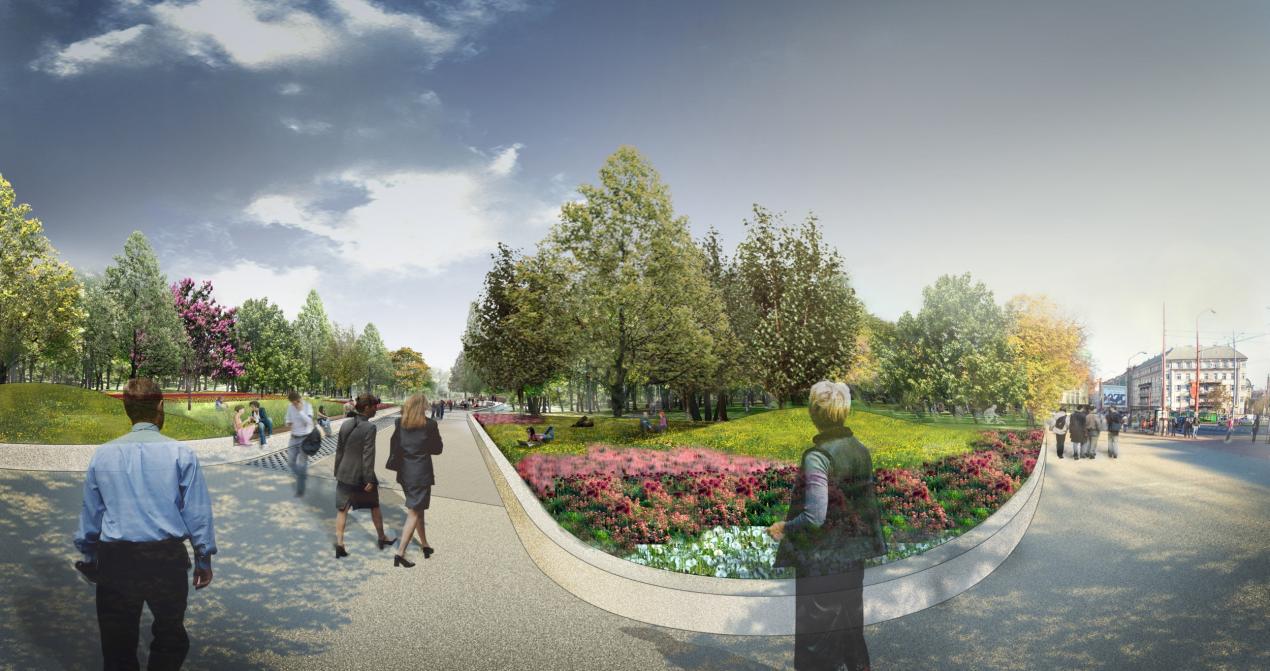
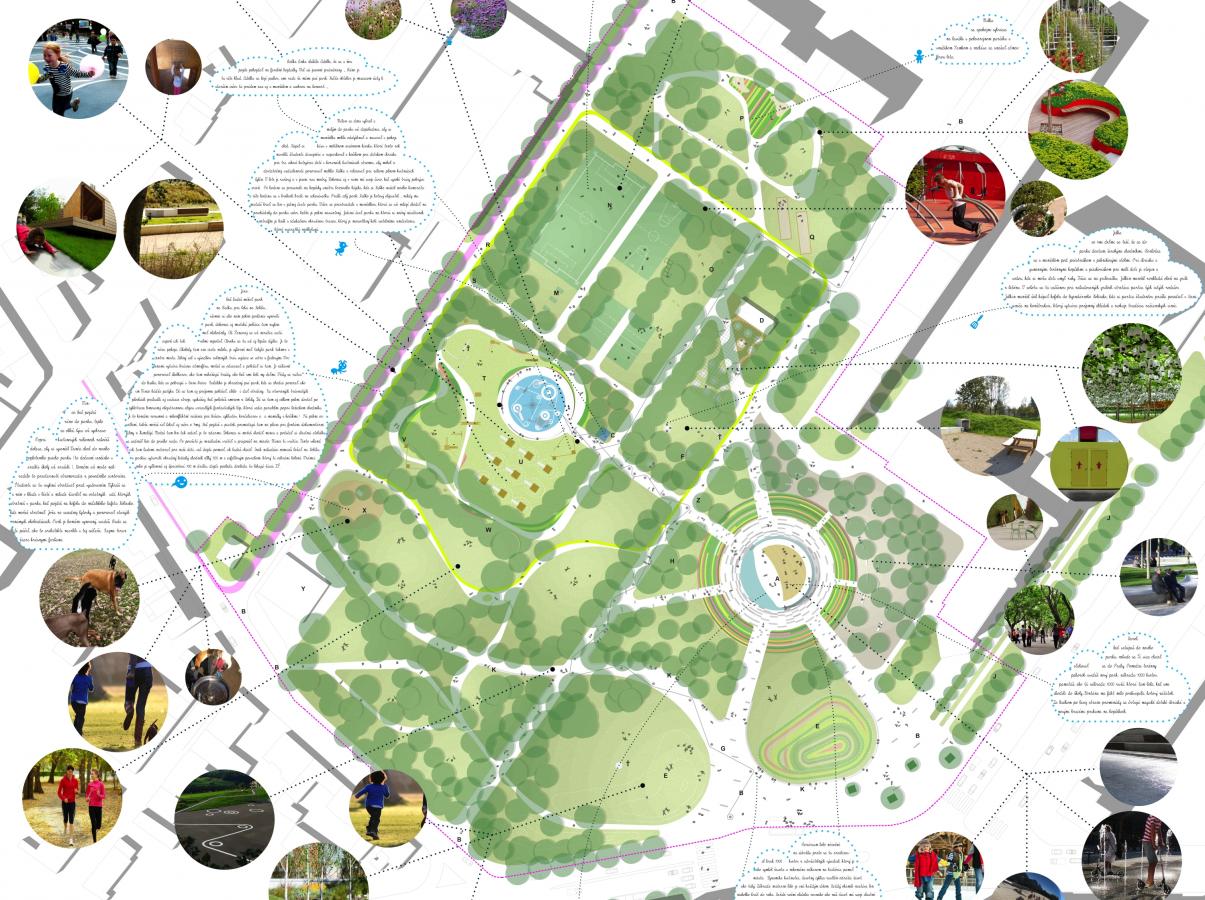
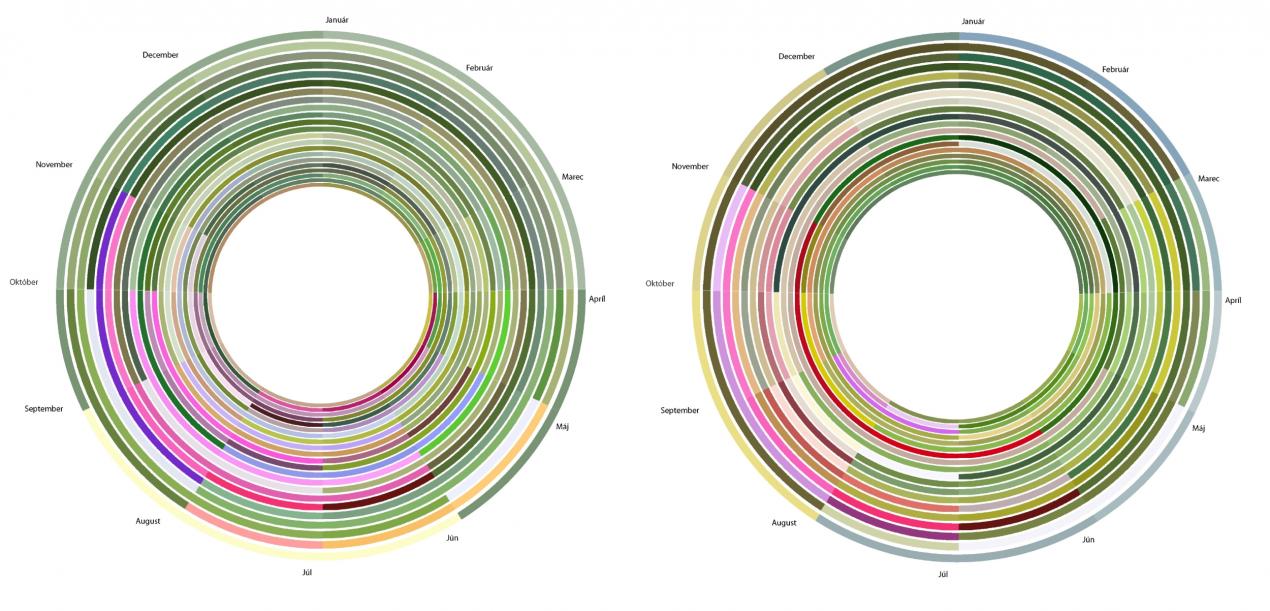
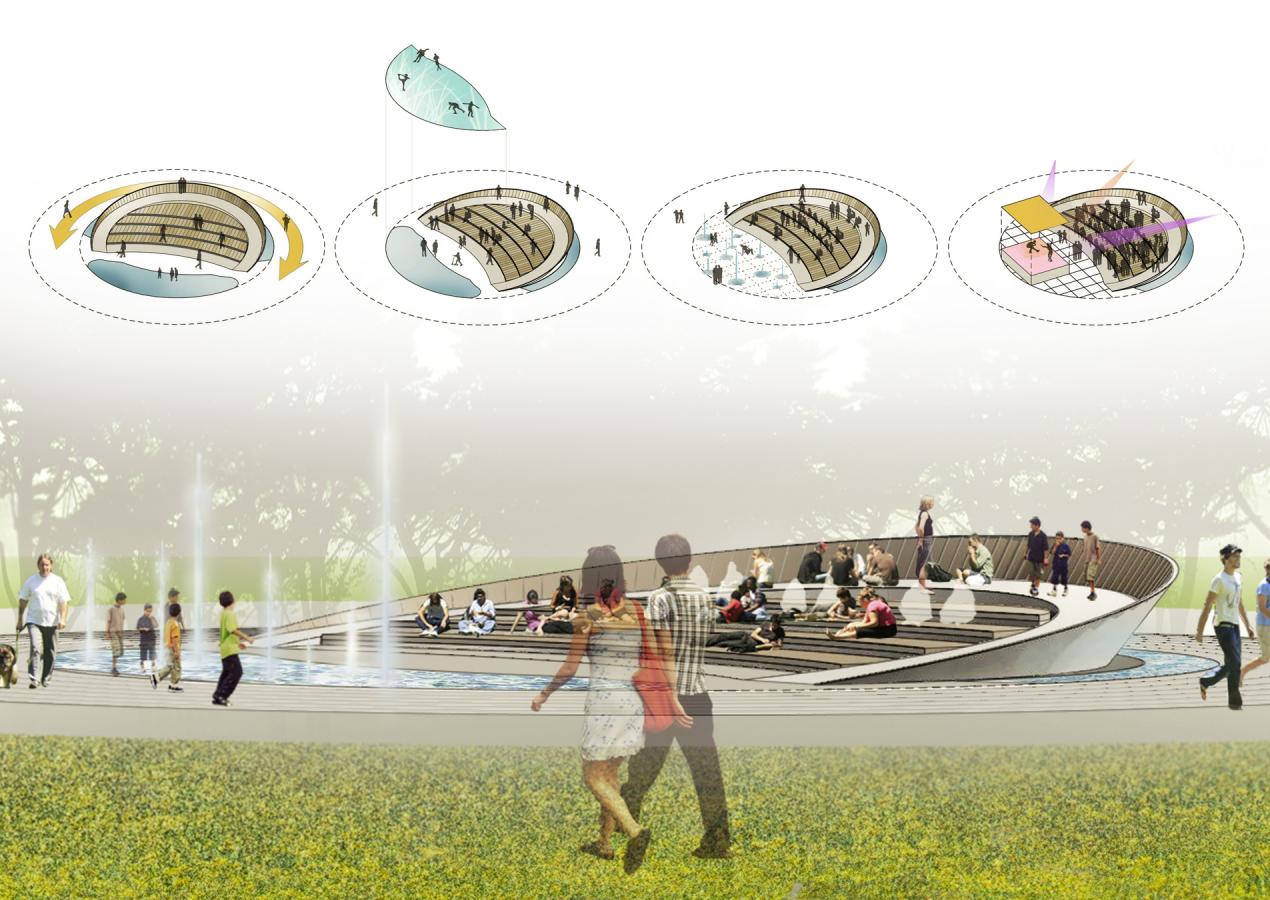
Winner International Competition 2014
Client: Bratislava Nove Mesto
Team: Marko&Placemakers + 2ka landscape architects
Park Racianske Myto is a major urban park in Bratislava with the potential to become an oasis within a vibrant residential neighbourhood. The area within 15minutes of the historic heart of Bratislava sits on the foot of the lower Carpathian mountain range that emerges beyond the housing blocks surrounding the park. Racianske Myto has been in the past a vibrant community resource, which over the last 15 years became neglected and abandoned as a result of disintegration of public realm in the city. Our project has an ambition to set a precedent in rethinking the city’s attitude to public parks by carefully integrating the existing green infrastructure with new experiences that will transform the park from an abandoned city green into a vital resource for the local community.
We see urban parks as the binding element of city fabric, enabling people not only to relax and play here, but use the park avenues and walkways as a means of connection across different city parts, reducing the need to drive cars. Our proposal draws on principles of placemaking and green urbanism, which are further informed by on site research. In order to find out what activities people miss and wish for in the park, we have talked to residents and visitors of all ages and brought their needs into the concept of connectivity, hubs and sanctuaries within the park. While today clients are concerned about security in public spaces, we strongly believe that to make public spaces safe, we need to make them accessible and inclusive, by inviting people of all ages and backgrounds to share this valuable common resource. We are be working with the Client (borough of Bratislava Nove Mesto) and the local community to deliver a park that is reflecting the way people live and use cities in the 21st century.

